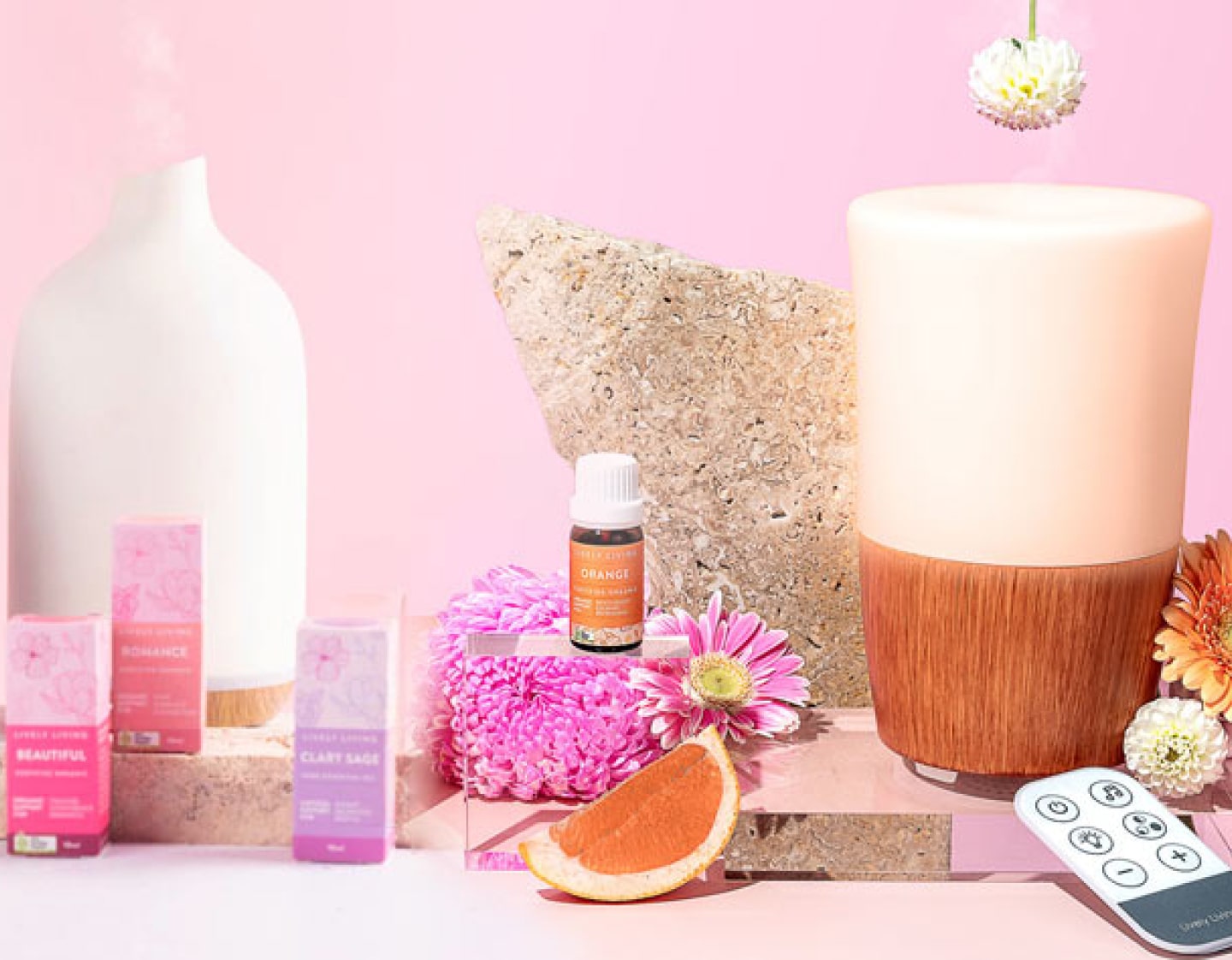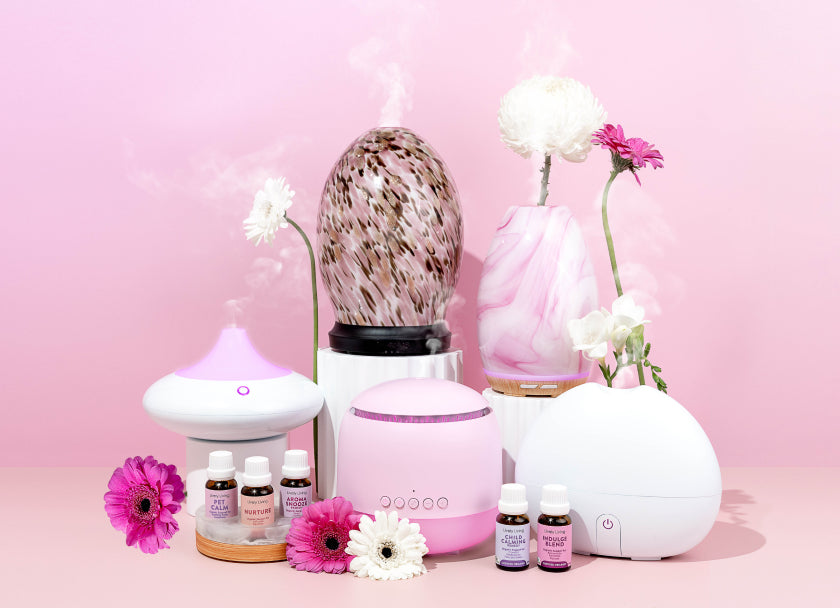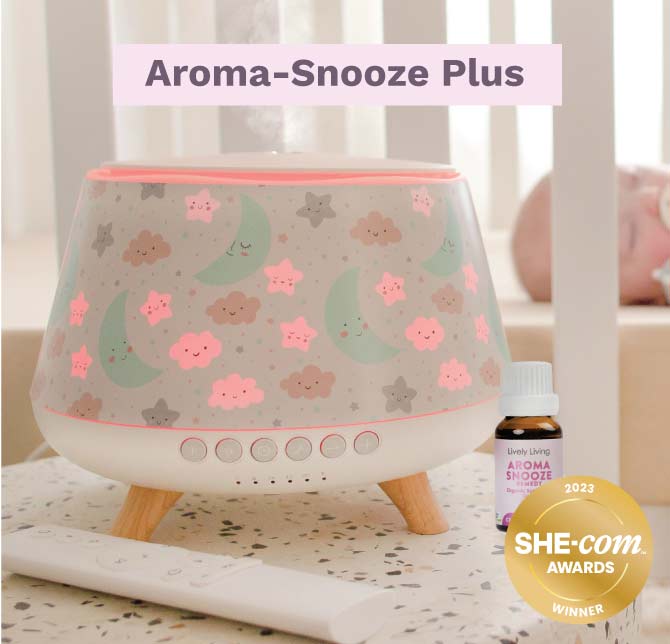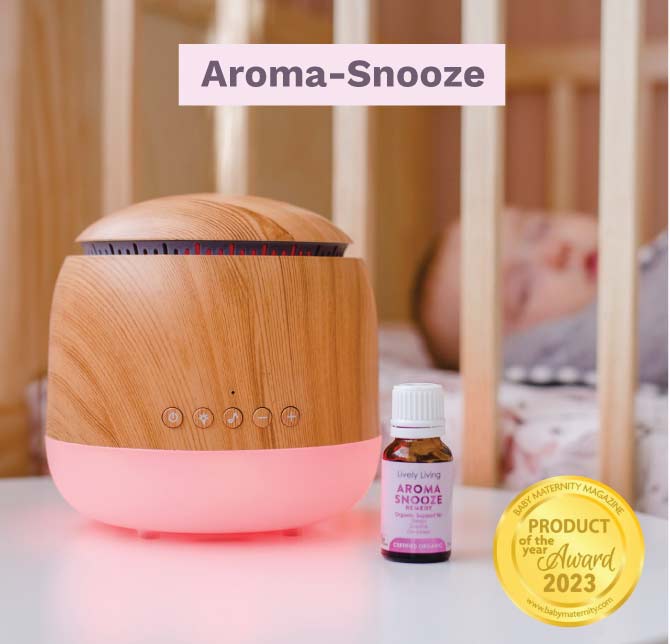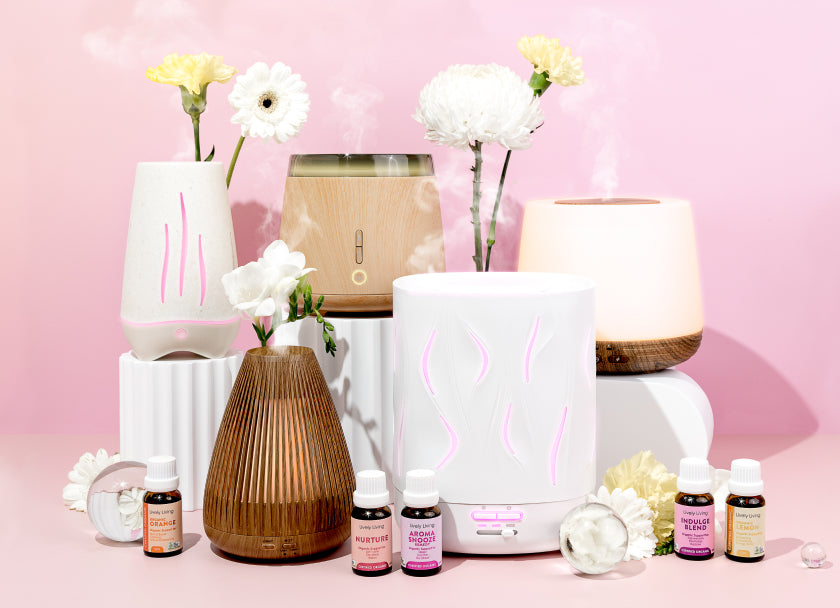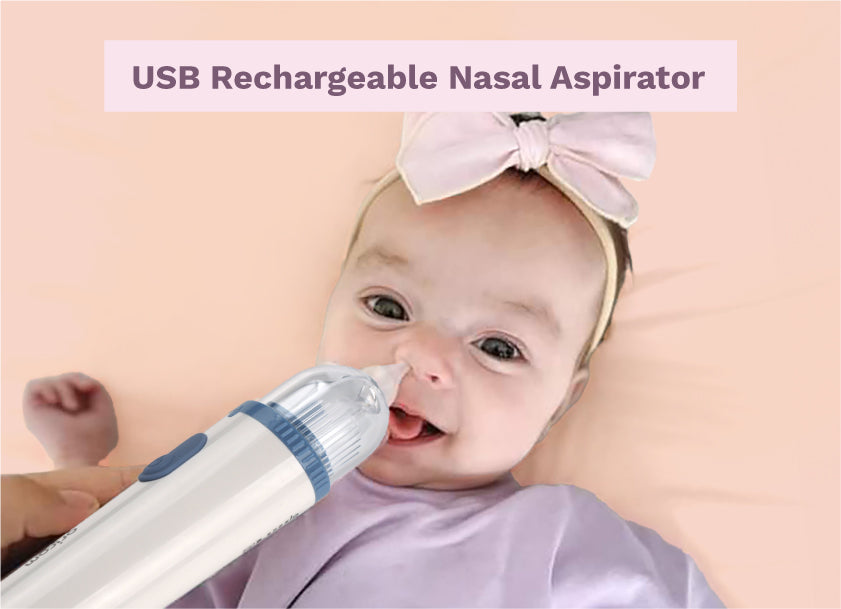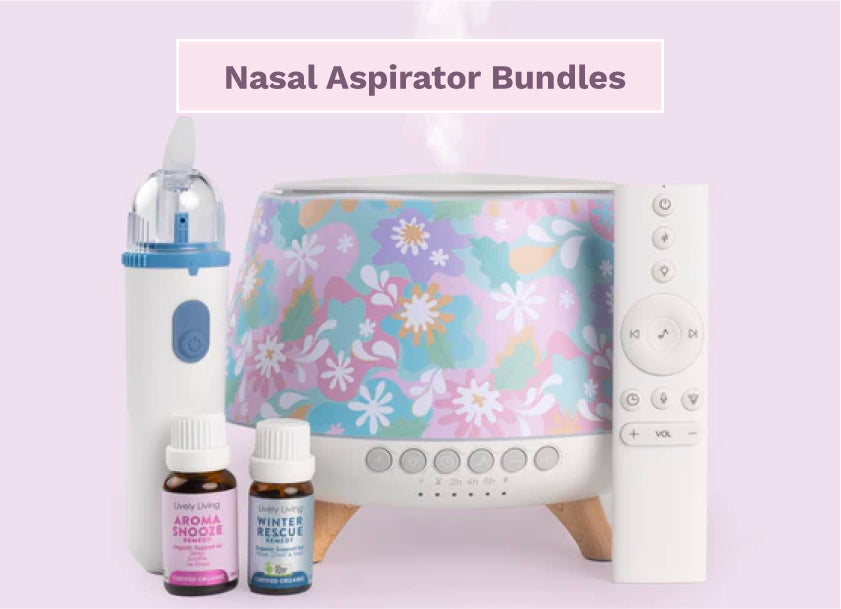Balancing Hormones Naturally with Essential Oils for Health
Are you looking for natural ways to manage your hormones? Essential oils might be a supportive option to consider. These potent plant extracts have a long history of use in supporting overall health and wellness, potentially including hormone balance.
This guide examines some popular essential oils often discussed for hormonal health. We will look into how they might contribute to feeling your best naturally. Whether addressing PMS, menopausal symptoms, or simply aiming for hormonal stability, certain essential oils could become part of your wellness routine.
Let's explore specific essential oils and how they might support your hormonal health goals.
Table of Contents:
- Understanding Hormones and Their Impact
- Top Essential Oils for Hormones
- How to Use Essential Oils for Hormone Balance
- Safety First: Tips for Using Essential Oils
- Other Natural Ways to Support Hormone Balance
- Conclusion
Understanding Hormones and Their Impact
Before discussing specific essential oils, it's helpful to understand hormones better. Hormones are chemical messengers produced by the endocrine glands. They travel through the bloodstream, instructing tissues and organs on what to do, influencing nearly every process in the body.
Key hormones include estrogen, progesterone, testosterone, cortisol, insulin, and thyroid hormones. They regulate functions such as mood, energy levels, metabolism, sleep cycles, reproductive health, and stress response. Maintaining good hormonal health is vital for overall wellbeing and normal health.
When hormone levels become imbalanced, whether too high or too low, it can lead to a wide array of symptoms. These might include mood swings, persistent fatigue, unexplained weight changes, sleep disturbances, skin issues like acne, irregular menstrual cycles, or reduced libido. Addressing hormonal imbalance is important for managing these symptoms and improving quality of life.
Various factors can contribute to hormonal shifts, including stress, diet, age, environmental factors (like exposure to toxic metals or endocrine disruptors), certain health conditions, and medications. Understanding these influences is the first step towards supporting balance. Essential oils are one tool some people explore to help the body maintain equilibrium naturally.
Top Essential Oils for Hormones
Several essential oils are frequently mentioned in relation to hormonal support. It's important to choose pure essential oils from reputable sources for the best results and safety. Here are a few commonly discussed options:
1. Clary Sage: Potential Estrogen Support
Clary sage essential oil is often highlighted for its potential connection to hormone balance, particularly estrogen. Its chemical makeup, including compounds like sclareol, is thought to mimic estrogen-like activity in the body. This makes it a popular choice for women experiencing issues related to their menstrual cycle or during menopause.
Some research suggests clary sage might influence hormone levels. For instance, a small study indicated that inhaling clary sage oil helped lower cortisol (a stress hormone) levels and had a positive effect on thyroid hormone levels. Lowering stress can indirectly support better hormonal health, as chronic stress significantly impacts hormone production.
You can use clary sage aromatically by adding a few drops to a diffuser. Alternatively, dilute it properly with a carrier oil, such as coconut or jojoba oil, for a calming massage, focusing on the abdomen or pulse points. Due to its potential estrogenic effects, individuals with estrogen-sensitive conditions, like certain types of breast cancer, should consult a healthcare provider before using clary sage.
2. Thyme: Progesterone Association
Thyme essential oil is another oil sometimes discussed for hormone balance. Preliminary research, often from laboratory studies, suggests that thyme oil might have properties that support progesterone production. Progesterone plays a vital role in the menstrual cycle, pregnancy, and mood regulation.
Imbalances involving low progesterone have been associated with various health conditions, including irregular periods, infertility challenges, Polycystic Ovary Syndrome (PCOS), and mood disorders like anxiety or depression. By potentially supporting the body's natural progesterone balance, thyme oil could be a component of a broader wellness strategy for these concerns.
For topical use, dilute thyme essential oil heavily with a suitable carrier oil (like almond or grapeseed oil) before applying to the skin, as it can be irritating otherwise. Add a single drop to a teaspoon of carrier oil for a gentle application. Always perform a patch test first. Due to its potency, consult with a knowledgeable practitioner, especially if you have existing health conditions.
3. Sandalwood: Connection to Testosterone Balance
Sandalwood essential oil is valued for its rich, woody aroma and potential grounding effects. Traditionally, it has been used to enhance mood and promote relaxation. Some evidence suggests it might also play a role in balancing testosterone levels, benefiting both men's health and women's health.
Testosterone is crucial for libido, energy, muscle mass, and bone density in both sexes, though levels are naturally higher in men. Low testosterone can lead to fatigue, mood changes, and reduced sex drive. Incorporating sandalwood aromatically or topically (diluted) might be a natural approach to support healthy testosterone balance as part of a holistic lifestyle.
Consider adding a few drops of sandalwood oil to an unscented lotion or creating a personal essential oil blend for diffusion. Its calming scent can also aid in stress reduction, which indirectly benefits hormone regulation. Reliable sourcing is important for authentic sandalwood oil.
4. Rose: Mood and Menstrual Support
Rose essential oil, often steam-distilled from rose petals, is cherished for its beautiful fragrance and association with emotional wellbeing. It's frequently used in aromatherapy to uplift mood and ease feelings of anxiety or sadness. This mood-lifting quality can be particularly helpful when dealing with hormone-related emotional fluctuations.
Beyond mood, rose oil is traditionally linked to women's health. It is sometimes used to support uterine health and potentially ease menstrual discomfort or irregularities. Some research suggests that exposure to rose oil might influence estrogen levels, possibly offering relief from menopausal symptoms like hot flashes (sometimes called hot flushes).
A study involving perimenopausal women found that aromatherapy massage with certain essential oils, including rose, led to an increase in salivary estrogen concentrations and improvements in symptoms. Add a few drops of rose oil to a warm bath, use it in a diffuser, or dilute it for a gentle massage. Rose otto (steam distilled) and rose absolute (solvent extracted) are common forms available.
5. Geranium: Adaptogenic Properties
Geranium essential oil possesses a floral scent often compared to rose and is known for its potential adaptogenic qualities, helping the body manage stress. Like rose oil, it is frequently suggested for supporting hormonal equilibrium, particularly related to the menstrual cycle and menopause. Its balancing effect may help smooth out fluctuations.
Research points towards geranium oil potentially influencing salivary estrogen levels, similar to rose oil. Studies exploring aromatherapy massage using geranium have indicated benefits for both physical and psychological symptoms associated with PMS. Its potential to support adrenal function might also contribute to overall hormone balance by mitigating stress effects.
Geranium oil blends well with other oils like lavender or clary sage. Use it in a diffuser, add a drop to your facial moisturizer (after patch testing), or mix it with a carrier oil for topical application. Its versatility makes it a useful addition to a collection of health products for hormonal support.
Exploring Other Oils: Lavender, Ylang Ylang, and Tea Tree
While the oils above are commonly highlighted, others may also play a supportive role. Lavender essential oil is well-known for its calming properties, which can help manage stress and improve sleep – both crucial for healthy hormone levels. High cortisol from chronic stress disrupts other hormones, so managing stress with lavender could be beneficial.
Ylang Ylang essential oil has an exotic floral scent often used to boost mood and libido. Its relaxing effects may help reduce stress and tension, indirectly supporting hormonal health. Some find it helpful for easing PMS symptoms or promoting feelings of wellbeing during hormonal shifts.
Tea tree oil (derived from Melaleuca alternifolia) is primarily known for its powerful antimicrobial properties, often used for skin issues like acne, which can sometimes be hormone-related. While not a primary hormone balancer itself, managing symptoms like hormonal acne using tea tree oil (diluted appropriately) can be part of addressing the overall picture. Remember that pure essential tea tree oil is potent and requires dilution.
It's worth noting that research on essential oils and hormones is ongoing. Many studies are preliminary, involving small sample sizes or laboratory settings (in vitro). You can search databases like Google Scholar or PubMed Central (which hosts PMC free articles) for systematic reviews and individual studies, but always interpret findings cautiously and discuss them with a healthcare provider.
| Essential Oil | Potential Focus Area | Common Uses | Key Considerations |
|---|---|---|---|
| Clary Sage | Estrogen balance, stress reduction | Diffusion, massage (diluted), bath | Avoid with estrogen-sensitive conditions without medical advice. |
| Thyme | Progesterone support | Topical application (highly diluted) | Potent oil, requires significant dilution, patch test needed. |
| Sandalwood | Testosterone balance, mood, relaxation | Diffusion, personal scent (diluted), meditation aid | Ensure sustainable sourcing (Indian Sandalwood is endangered). |
| Rose | Estrogen levels, mood uplift, women's health | Diffusion, bath, skincare (diluted), massage | Can be expensive; Rose Absolute and Rose Otto differ. |
| Geranium | Adaptogenic, menstrual/menopausal support, stress | Diffusion, skincare (diluted), topical application | Generally well-tolerated but patch test recommended. |
| Lavender | Stress/Cortisol reduction, sleep support | Diffusion, bath, topical application (diluted), linen spray | Widely available and generally safe for most users. |
How to Use Essential Oils for Hormone Balance
Now that we've covered some top essential oils, let's discuss practical ways to use them safely and effectively. Choosing high-quality, pure essential oils is fundamental. How you use them depends on your preference and the specific oil.
There are several common methods for incorporating these aromatic compounds into your daily routine:
- Diffusion: Using an essential oil diffuser disperses micro-particles of the oil into the air, allowing you to inhale them. Add the recommended number of drops (usually 3-5) to your diffuser with water. This is great for impacting mood and creating a balancing atmosphere.
- Topical application: This involves applying essential oils directly to the skin, always diluted in a carrier oil. Good carrier oils include jojoba, coconut, almond, or grapeseed oil. Common application points include the wrists, neck, temples, abdomen, or bottoms of the feet.
- Bath: Adding a few drops of essential oil to a warm bath can be incredibly relaxing. Mix the essential oils (5-10 drops) with a carrier oil or an emulsifier like Epsom salts first to help them disperse in the water rather than floating on top.
- Massage: Combine essential oils with a larger amount of carrier oil for a therapeutic massage. This combines the benefits of the oils with the relaxing effects of massage, potentially aiding muscle tension and stress relief. Create your own essential oil blend tailored to your needs.
- Inhalation: Simply inhaling the scent directly from the bottle or from a drop on a tissue can offer quick aromatic benefits. This is useful for managing momentary stress or needing a quick mood lift.
Consistency is often helpful when using essential oils for ongoing support like hormone balance. Consider incorporating them into your daily or weekly rituals. However, listen to your body; sometimes breaks are necessary.
Creating your own oil blends allows you to combine the properties of different essential oils. For example, you might blend clary sage with lavender for stress-related hormonal issues or rose with geranium for menopausal support. Experiment to find combinations that resonate with you.
Safety First: Tips for Using Essential Oils
While essential oils are natural, they are also highly concentrated and potent. Safe usage is paramount to avoid adverse reactions. Always prioritize safety when incorporating essential oils into your health regimen.
Here are some crucial safety guidelines to follow:
- Always dilute before topical use. Never apply undiluted essential oils directly to the skin, as this can cause irritation, sensitization, or burns. A general guideline for adults is a 1-2% dilution: 6-12 drops of essential oil per ounce (30ml) of carrier oil. For potent oils like thyme, use a lower dilution (0.5-1%).
- Perform a patch test. Before using a new essential oil or blend topically, apply a small amount of the diluted oil to a discreet area of skin (like the inner elbow). Wait 24-48 hours to check for any redness, itching, or irritation.
- Avoid internal use unless guided by a certified expert. Ingesting essential oils can be dangerous and should only be done under the strict supervision of a healthcare professional trained in internal usage. General advice strongly discourages ingestion.
- Exercise caution if pregnant, nursing, or managing health conditions. Consult your doctor or a qualified aromatherapist before using essential oils if you are pregnant, breastfeeding, have high blood pressure, epilepsy, skin cancer history, or other significant health conditions. Some oils are contraindicated in these situations.
- Be mindful of photosensitivity. Some essential oils, particularly citrus oils (like lemon, bergamot, grapefruit - though not detailed above), can make your skin more sensitive to sunlight, increasing the risk of sunburn. Avoid sun exposure for 12-24 hours after applying photosensitive oils topically.
- Keep oils away from children and pets. Store essential oils securely out of reach. Many oils can be toxic if ingested by children or pets, and diffusion may need to be done cautiously around animals.
- Research specific oil contraindications. Some oils may interact with medications (like blood thinners) or be unsuitable for individuals with certain allergies or conditions (e.g., estrogen receptor positive breast cancer history and clary sage). Consult reliable sources and professionals.
- Choose quality oils. Opt for 100% pure essential oils from reputable brands that provide information about sourcing and testing (GC/MS testing reports). Avoid fragrance oils, which are synthetic.
Using essential oils safely allows you to explore their potential benefits without unnecessary risks. When in doubt, seek professional guidance.
Other Natural Ways to Support Hormone Balance
Essential oils can be a supportive element, but they function best within a comprehensive approach to hormonal health. Lifestyle choices significantly influence hormone production and regulation. Consider these additional natural strategies for promoting balance:
- Adopt a balanced, nutrient-dense diet. Focus on whole foods: fruits, vegetables, lean proteins, and healthy fats (like omega-3s). Minimize processed foods, excessive sugar, and refined carbohydrates, which can disrupt insulin and other hormones. Following principles of honest nutrition can make a big difference.
- Engage in regular physical activity. Aim for a mix of cardiovascular exercise, strength training, and flexibility work. Exercise helps regulate insulin, manage weight, reduce stress, and improve sleep, all contributing to better hormone balance. Avoid over-exercising, which can stress the body.
- Prioritize stress management. Chronic stress elevates cortisol, disrupting other hormones like estrogen, progesterone, and thyroid hormones. Incorporate stress-reducing practices like meditation, deep breathing exercises, yoga, spending time in nature, or engaging in hobbies you enjoy. Improving mental health is crucial for hormonal health.
- Get sufficient quality sleep. Aim for 7-9 hours of restorative sleep per night. Poor sleep disrupts circadian rhythms and negatively impacts cortisol, insulin, and appetite-regulating hormones. Establish a consistent sleep schedule and practice good sleep hygiene. Good sleep is foundational for general health and brain health.
- Minimize exposure to endocrine disruptors. Certain chemicals found in plastics (like BPA), pesticides, personal care products (like phthalates and parabens), and household cleaners can interfere with hormone function. Choose natural alternatives, filter drinking water, and opt for glass containers over plastic where possible. Be mindful of potential toxic metals exposure too.
- Support gut health. The gut microbiome plays a role in hormone metabolism, particularly estrogen. Consuming probiotic-rich foods (like yogurt, kefir, sauerkraut) and prebiotic fiber can support a healthy gut environment.
- Consider targeted supplements (with guidance). Certain vitamins and minerals (like Vitamin D, Magnesium, B vitamins) are important for hormone production. However, consult a healthcare provider before starting supplements, potentially after at-home testing or lab work to identify deficiencies.
- Stay informed and critical. Be wary of health misinformation online. Look for evidence-based information and consult medically reviewed resources or qualified professionals instead of relying solely on anecdotes or marketing claims. Dismissing medical myths is important for effective self-care.
Combining these lifestyle adjustments with the mindful use of essential oils can create a robust strategy for supporting your hormonal health naturally. Addressing areas like diabetes-related brain aging or setting realistic health resolutions can also contribute to long-term wellbeing.
Conclusion
Essential oils for hormones, such as clary sage, thyme, sandalwood, rose, and geranium, offer a natural avenue to explore for supporting hormonal balance. These plant extracts, used thoughtfully and safely, may complement lifestyle efforts aimed at managing symptoms associated with PMS, menopause, stress, and general hormonal imbalance. Their potential benefits range from influencing specific hormone pathways to promoting relaxation and improving mood.
Remember that individual responses to essential oils can vary. It's beneficial to start slowly, observe your body's reaction, and always prioritize safety through proper dilution and patch testing. Sourcing high-quality, pure essential oils is also important for experiencing their potential therapeutic properties.
While essential oils can be valuable health tools, they are most effective as part of a holistic lifestyle that includes a nutritious diet, regular exercise, stress management, and adequate sleep. If you have concerns about your hormonal health or persistent symptoms, consulting with a healthcare professional is essential for proper diagnosis and guidance. They can help you explore various options, including potential at-home testing or specific treatments for underlying health conditions, and provide medically reviewed advice.
Here's to finding your path to balance and wellbeing, naturally.

